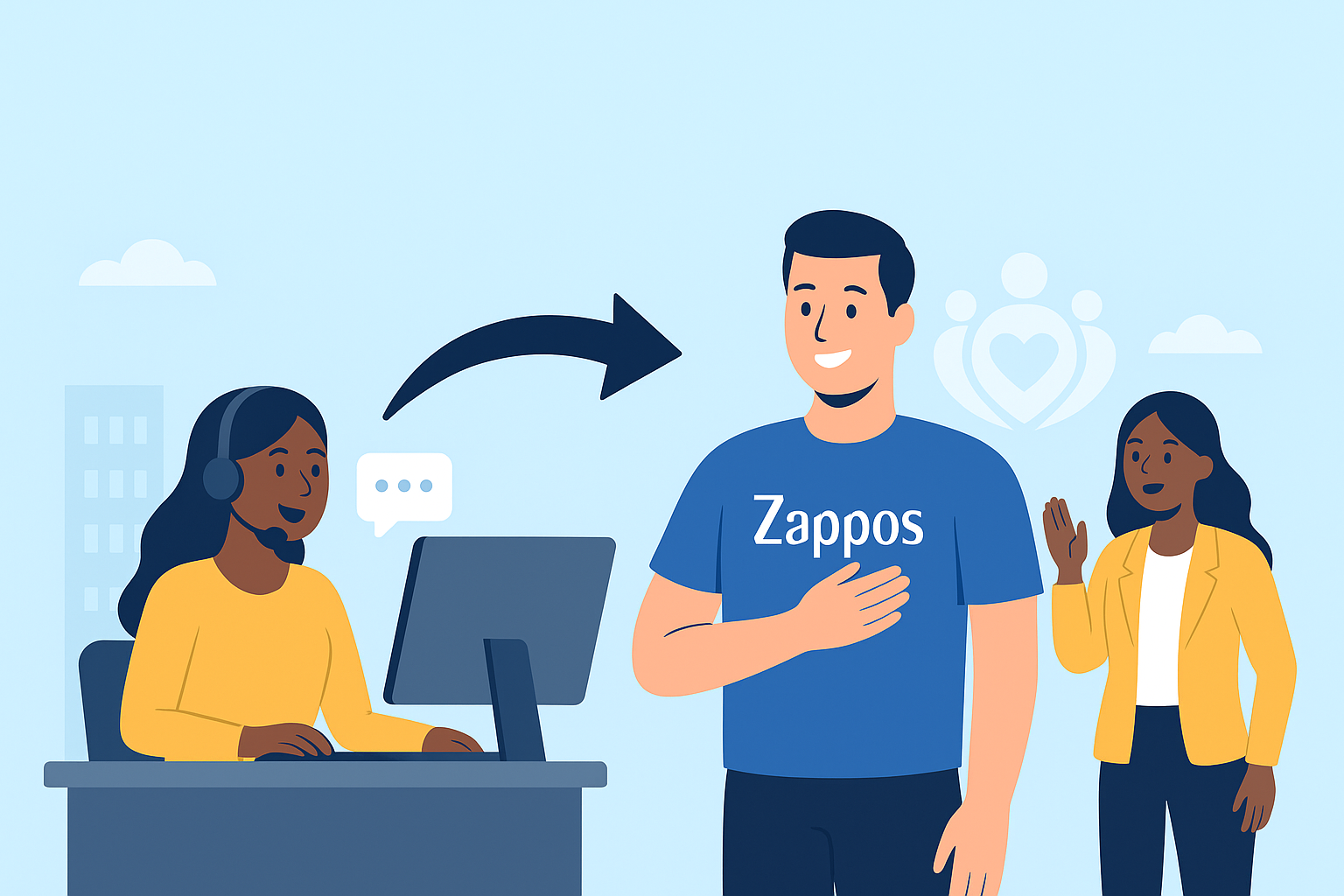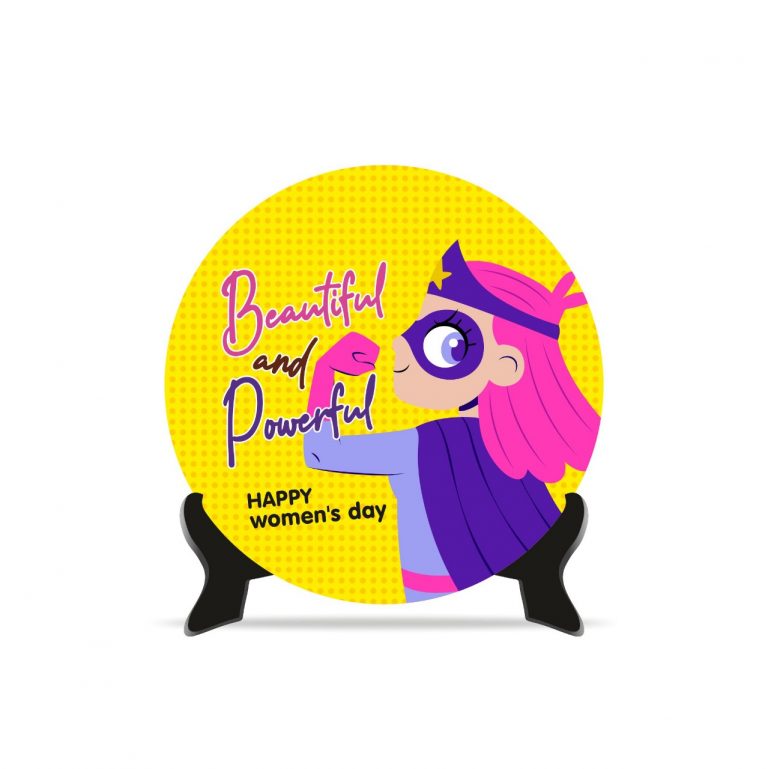In the era of automated chatbots and AI-driven support, the legacy of Zappos’ customer service philosophy remains more relevant than ever. Founded on the radical notion that call centers are not cost centers but brand-building engines, Zappos, under the late visionary CEO Tony Hsieh, transformed a transactional business into a service-first powerhouse. This article explores Zappos’ journey from a simple online shoe retailer to a master of customer service culture, and what modern workplaces can learn from its enduring principles in 2025.
Zappos’ Customer-Centric Core
Zappos’ success wasn’t built on low prices or a unique product, but on its fanatical commitment to the customer experience. The company’s philosophy, often referred to as “Delivering WOW Through Service,” was a direct result of a few unconventional but highly effective strategies:
- Employee Empowerment: Zappos moved away from rigid scripts and strict metrics like average call time. Instead, they empowered their customer service representatives (CSRs) to make independent decisions to resolve customer issues. Agents were encouraged to spend as long as it took to build a genuine connection, with the record-breaking call lasting over 10 hours. This trust in employees fostered a sense of ownership and accountability, leading to creative and memorable solutions.
- Culture as a Differentiator: Zappos’ culture was its primary marketing tool. Rather than spending money on advertising, the company invested heavily in its people and customer service. They believed that happy employees would naturally create happy customers, who would in turn spread positive word-of-mouth. This was reinforced by their “Quitting Bonus,” a famous practice where new hires were offered up to $2,000 to quit after their initial training if they didn’t feel a cultural fit. This ensured only those genuinely aligned with the company’s values remained.
- Family and a Tribe: The Zappos culture extended beyond the office walls. Hsieh intentionally cultivated a “positive team and family spirit,” encouraging employees to be themselves and even a “little weird.” This was a far cry from the stereotypical, impersonal call center. Every new hire, regardless of their role, spent four weeks in the call center to learn the company’s core values first hand, solidifying the idea that customer service was everyone’s responsibility.
Lessons for Modern Workplaces in 2025
While the business landscape has evolved significantly since Zappos’ early days, its core principles remain a blueprint for success. Here’s what companies in 2025 can learn:
1. Prioritize Employee Ownership and Autonomy
In an age of remote work and hybrid models, micromanagement is a recipe for low morale and high turnover. Zappos’ model of trusting your employees to “do the right thing” is a powerful antidote. Modern workplaces can implement this by:
- Decentralizing Decision-Making: Instead of a rigid hierarchy, empower front-line employees to solve problems on the spot. This not only speeds up issue resolution but also makes employees feel valued and respected.
- Focusing on Outcomes, Not Metrics: While data is crucial, don’t let metrics like call duration or ticket closure rates override the goal of delivering an exceptional experience. Zappos understood that a long call building a rapport could be more valuable for customer loyalty than ten quick, impersonal ones.
- Investing in Training and Culture: Zappos’ intensive training program ensured that employees understood their purpose beyond simply taking orders. In 2025, companies should invest in training that instills core values and equips employees with the soft skills necessary to handle complex, human interactions.
2. Let Your Culture Be Your Brand
Your company’s reputation is no longer just about your marketing campaigns; it’s about the collective experience of your employees and customers. Zappos demonstrated that a strong, authentic culture is the most effective form of marketing.
- Create a “Culture Book”: Just as Zappos did, encourage employees to contribute their own stories and thoughts on the company’s culture. This unedited, authentic document can be a powerful recruitment and branding tool.
- Integrate Values into Hiring: Zappos famously hired for cultural fit over skills alone. While skills can be taught, a person’s alignment with your company’s values is fundamental to long-term success and happiness.
- Use Social Media for Authentic Engagement: Zappos has always used social media as a channel for human connection and community building, not just marketing. Companies in 2025 can follow suit by empowering employees to share their experiences and engage with customers in a genuine, unscripted way.
Related Posts
3. Redefine the Role of Customer Service
Zappos’ greatest innovation was its re-conceptualization of customer service. It wasn’t a necessary evil to be minimized, but a strategic asset to be leveraged.
- From “Cost Center” to “Revenue Driver”: Modern businesses should view their customer service departments as drivers of loyalty, repeat business, and positive word-of-mouth. This shift in perspective justifies investing in better-paid, more experienced, and more empowered staff.
- Beyond the Transaction: Zappos built relationships that extended beyond the sale. This is especially vital in 2025, where customers have more choices than ever. Your ability to create an emotional connection and a feeling of being valued will be the ultimate differentiator.
- The Human Touch in a Digital World: While automation has its place, Zappos proved that the human element is irreplaceable for building trust and loyalty. In a world of chatbots and self-service portals, the option to speak to a real person who is empowered to help is a powerful competitive advantage.
By adopting Zappos’ principles of radical employee empowerment, culture-first branding, and a customer-centric mindset, modern businesses in 2025 can transform their operations from transactional to relational, building a loyal customer base and a motivated workforce for years to come.
Disclaimer: This article is for informational purposes only. While efforts are made to ensure accuracy, readers should verify information and seek professional advice as needed.









